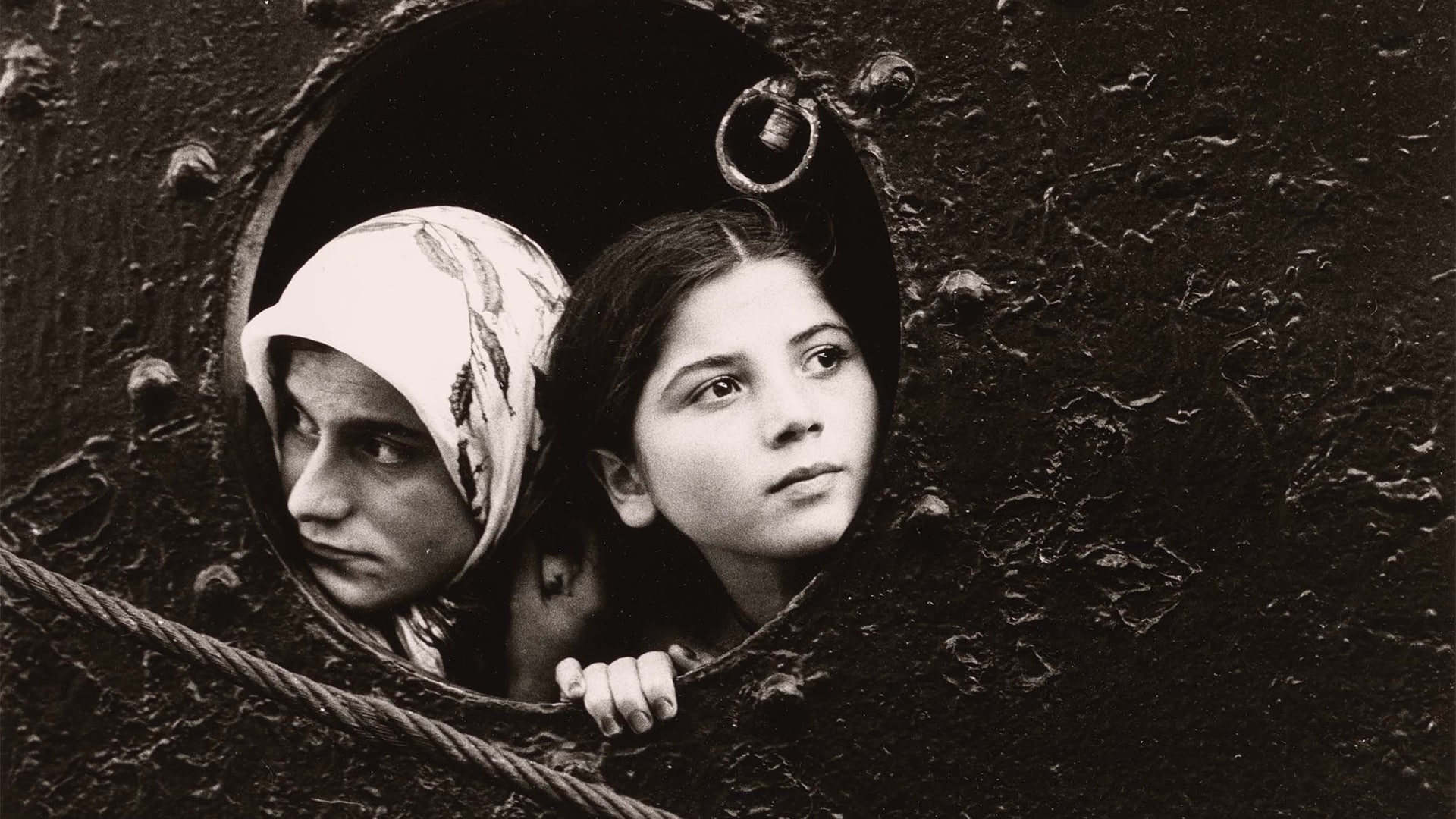Until the 1990s, black-and-white photography had reigned supreme in fine arts. Color, considered vulgar by most artists, except a few pioneers, was mainly used in fashion, advertising, and reportage. The advent of digital technologies in the 2000s brought a change of heart, and black-and-white images had almost disappeared from galleries. In recent years, they have made a comeback among contemporary artists, particularly the younger generation. Four books prove that black-and-white photography is unsurpassable.
Black & white — A photographic aesthetic: A tour of the Bibliothèque Nationale de France collection

The catalog of the eponymous exhibition at the Grand Palais, this volume plunges the reader into the black-and-white photography collection of the Bibliothèque Nationale de France. Spanning the nineteenth to the twenty-first centuries, it is a unique journey through the history of photography: from Gustave Le Gray to Valérie Belin to Man Ray, Diane Arbus, William Klein, Helmut Newton, Hiroto Fujimoto, and John Coplans. Photographs are given a pride of place in the book, while texts penned by the curators of the BNF photography department show how, over the decades, black-and-white has had a hold upon the art world, both technically and aesthetically.
Noir & blanc: Une esthétique de la photographie
Réunion des musées nationaux-Grand Palais, with the Bibliothèque Nationale de France
Hardcover, 264 pp, 220 illustrations, € 45. The book is available here.
Exhibition at the Grand Palais, Paris, December 16, 2020 to February 1, 2021.

The Master Collection: (Re)discovering Henri Cartier-Bresson

In 1973, as he turned away from photography, Henri Cartier-Bresson made a selection of his best work: 385 photographs, which he called the Master Collection or Grand Jeu. The Pinault Foundation, which owns a complete set, invited five prestigious guests to each make a selection for an exhibition held in Venice in 2020, then in Paris in 2021. Composed in five parts, the book presents the viewpoints of collector François Pinault, writer Javier Cercas, filmmaker Wim Wenders, photographer Annie Leibovitz, and curator Sylvie Aubenas. These five singular journeys through the work of Henri Cartier-Bresson are proof that one should not reduce the work of the “Eye of the Century” should not be reduced to the decisive moment.
Cartier Bresson: Le Grand Jeu
Co-published by Marsilio/Palazzo Grassi/BNF Hardcover, 304 Pp, € 63. The book is available here.
Exhibition at Palazzo Grassi, Venice, March 22, 2020 to January 10, 2021

Lee Friedlander, The Shadow Knows: Self-portraiture as art

The master of street photography always manages to turn the ordinary into something extraordinary with the power of his gaze. Throughout his career, Lee Friedlander regularly figured in his own photographs, creating several series of self-portraits. This book’s title is a reference to a 1930s’ radio show that ended with these words: “Who knows what evil is hidden in the hearts of men? The shadow knows.” The shadow here is Lee Friedlander himself, haunting his own images taken in the streets of Paris, New York, San Francisco, form the 1960s to 2010. It’s a breathtaking lesson in black-and-white photography and a true feast for the eye.
Lee Friedlander, The Shadow Knows, PowerHouse Books/SPQR Editions, Hardcover, 110 Pp, $50
The book is available here.

Gilles Favier & Mathieu Kassovitz, So far so good: La Haine turns 25

Its perforated black cover revealing only part of the title, “Ici la haine” (“Hatred here”), promises a book like no other. And it doesn’t disappoint: it’s a behind-the-scenes look at a cult film that celebrates its 25th anniversary this year. Against a white background we have the script written by Mathieu Kassovitz; against a black background, images by Gilles Favier who was given carte blanche to photograph on the set. In addition to film set photos, there are images documenting what happened off-camera, real life in the town of Chanteloup-les-Vignes, fictionalized as Noé. “Scenario in hand, I walked the streets of Noé,” says Gilles Favier. Fiction and reality become mirror images.
Color facsimile of the La Haine film script, texts by Mathieu Kassovitz and Gilles Favier.
Maison CF editions
Softcover, 192 Pp, € 39
The book is available here.

By Sophie Bernard
Sophie Bernard is a journalist specializing in photography, a contributor to La Gazette de Drouot and Le Quotidien de l’Art, a curator and a teacher at EFET in Paris


